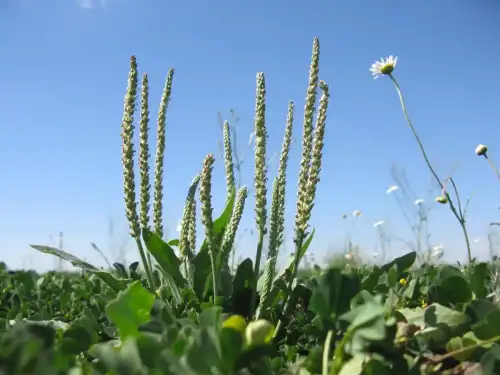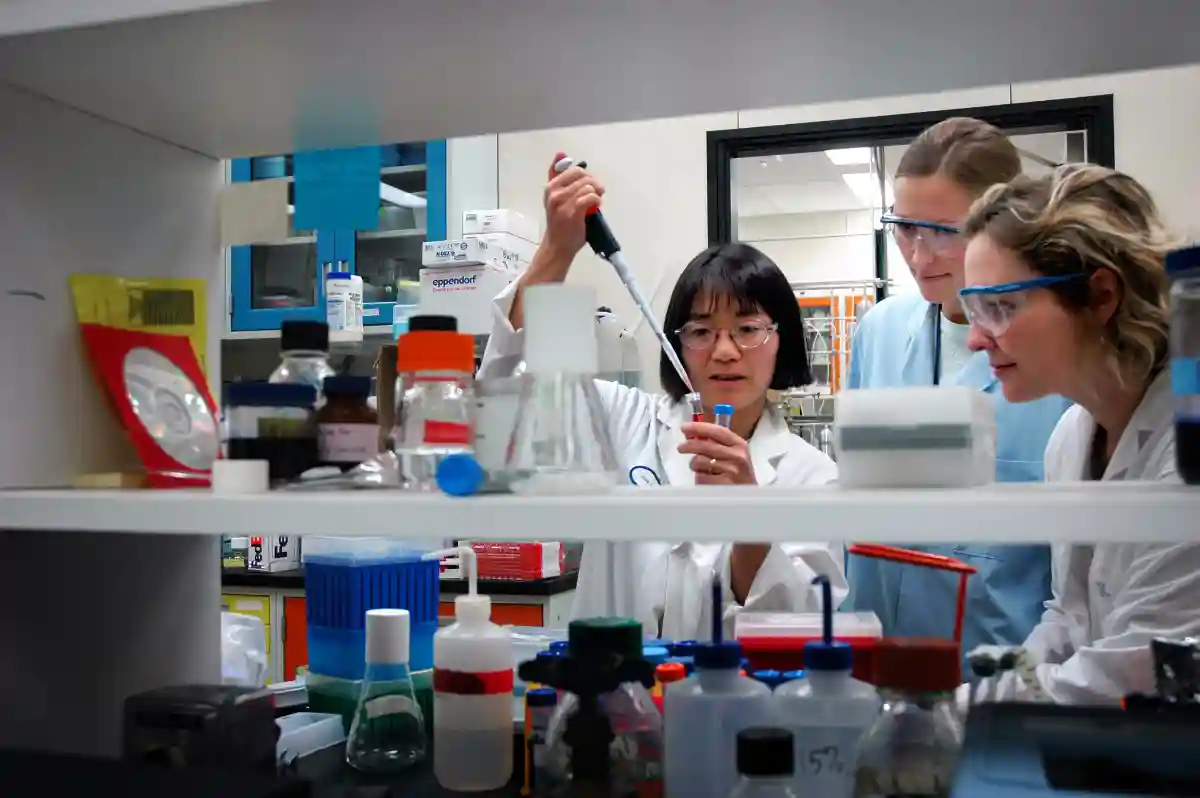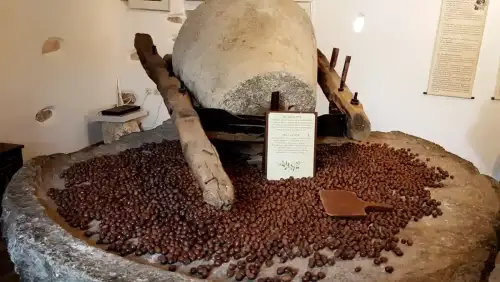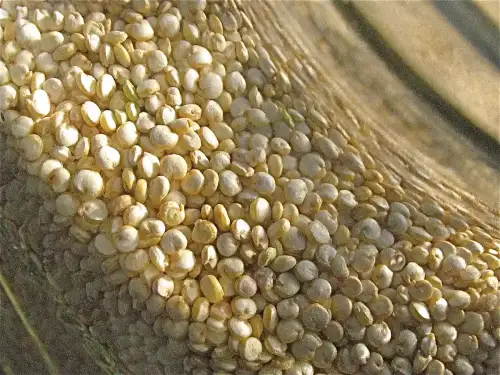Celiac.com 03/21/2025 - For individuals with celiac disease or gluten sensitivity, finding high-quality gluten-free bread can be a constant challenge. Traditional gluten-free products often fall short in terms of texture, taste, and nutritional value. However, a groundbreaking discovery by researchers at the University of Adelaide may soon change the game. Seeds from two native Australian species of Plantago—P. cunninghamii and P. turrifera—have been identified as potential replacements for psyllium husk in gluten-free bread formulations. These seeds produce a unique type of mucilage that improves the elasticity, texture, and overall quality of gluten-free bread.
What Makes Gluten-Free Bread So Challenging?
Gluten, a protein found in wheat, barley, and rye, is responsible for the elasticity and structure of traditional bread. It traps air during fermentation, giving bread its characteristic fluffy texture. For individuals with celiac disease, an autoimmune disorder triggered by gluten, or those with non-celiac gluten sensitivity, consuming gluten can lead to severe health issues. As a result, gluten-free breads rely on alternative ingredients to mimic the properties of gluten.
Celiac.com Sponsor (A12):
However, many gluten-free breads suffer from a dense, crumbly texture and lack the springiness and volume of traditional bread. Common additives like hydroxypropylmethylcellulose (HPMC) or xanthan gum are often used to improve texture, but these ingredients are perceived as artificial and may deter health-conscious consumers. Psyllium husk, derived from Plantago ovata, is a popular natural alternative, but its production generates significant waste.
This is where Australian Plantago species come into play.
The Science Behind Plantago Mucilage
Mucilage is a gel-like substance produced by certain seeds when they come into contact with water. It is rich in dietary fiber and has unique properties that make it an excellent natural additive for gluten-free baking. The research team, led by Dr. James Cowley at the University of Adelaide, discovered that the mucilage from P. cunninghamii and P. turrifera has distinct chemical properties that enhance the elasticity of gluten-free dough.
Interestingly, these native Australian species produce mucilage that is chemically different from that of P. ovata, the source of commercial psyllium husk. Despite having lower mucilage content, P. cunninghamii and P. turrifera outperformed P. ovata in creating bread with better texture, volume, and appearance.
Dr. Cowley explains that the key lies in the chemistry of the mucilage, not just its quantity. The unique composition of the mucilage from these species forms more elastic networks in the dough, preventing it from collapsing during fermentation. This results in bread that is softer, springier, and more visually appealing—qualities highly valued by consumers.
Benefits for People with Celiac Disease or Gluten Sensitivity
For individuals with celiac disease or gluten sensitivity, the discovery of Plantago as a natural additive offers several significant benefits:
1. Improved Texture and Taste
One of the most common complaints about gluten-free bread is its unappealing texture. The use of Plantago mucilage addresses this issue by creating dough that is more elastic and resistant to collapse. This leads to bread that is fluffier, softer, and closer in texture to traditional gluten-containing bread.
2. Clean-Label Products
Many gluten-free breads rely on synthetic additives like HPMC, which can be off-putting to consumers seeking natural, minimally processed foods. Plantago seeds offer a clean-label alternative, as they can be listed simply as "vegetable fiber" on ingredient labels. This aligns with the growing demand for healthier, more natural food options.
3. Nutritional Value
Plantago seeds are rich in dietary fiber, which is beneficial for digestive health. Additionally, the whole-seed flour retains the inner seed parts, which are high in nutrients. This makes Plantago-based bread not only better in texture but also more nutritious compared to products made with purified psyllium husk.
4. Sustainability
The production of commercial psyllium husk generates significant waste, as the mucilage is extracted through a grinding process. Using whole-seed Plantago flour is a more sustainable option, as it utilizes the entire seed and reduces waste.
The Future of Gluten-Free Bread
The research conducted by Dr. Cowley and his team represents a significant step forward in the development of high-quality gluten-free bread. While there is still work to be done to fully replicate the properties of gluten-containing bread, the use of Plantago mucilage brings us closer to that goal.
1. New Product Development
Food manufacturers may soon incorporate Plantago flour into their gluten-free bread formulations. This could lead to a new generation of products that are not only better in texture and taste but also more appealing to health-conscious consumers.
2. Broader Applications
The unique properties of Plantago mucilage may extend beyond bread. It could be used in other gluten-free baked goods, such as muffins, cakes, and pastries, to improve their texture and quality.
3. Increased Accessibility
As demand for gluten-free products continues to rise, the availability of Plantago-based ingredients could make high-quality gluten-free bread more accessible to consumers worldwide.
Challenges and Considerations
While the potential of Plantago is exciting, there are some challenges to consider:
1. Cultivation and Supply
Scaling up the cultivation of P. cunninghamii and P. turrifera to meet commercial demand may take time. Researchers and farmers will need to work together to ensure a sustainable and reliable supply of these seeds.
2. Consumer Acceptance
Introducing a new ingredient to the market always carries the risk of consumer skepticism. Clear communication about the benefits of Plantago and its natural origins will be key to gaining consumer trust.
3. Cost
The cost of producing Plantago-based ingredients may initially be higher than that of traditional additives. However, as production scales up, costs are likely to decrease, making it a viable option for manufacturers.
Conclusion
The discovery of Australian Plantago species as a natural additive for gluten-free bread is a promising development for individuals with celiac disease or gluten sensitivity. By improving the texture, taste, and nutritional value of gluten-free bread, Plantago has the potential to transform the gluten-free market.
For consumers, this means access to better-quality products that align with their health and dietary needs. For manufacturers, it offers an opportunity to create clean-label, sustainable, and innovative gluten-free foods.
As research continues, the dream of gluten-free bread that rivals its gluten-containing counterpart may soon become a reality. For now, the humble Plantago seed stands as a beacon of hope for those navigating the challenges of a gluten-free lifestyle.
Read more at: newswise.com











Recommended Comments
Create an account or sign in to comment
You need to be a member in order to leave a comment
Create an account
Sign up for a new account in our community. It's easy!
Register a new accountSign in
Already have an account? Sign in here.
Sign In Now